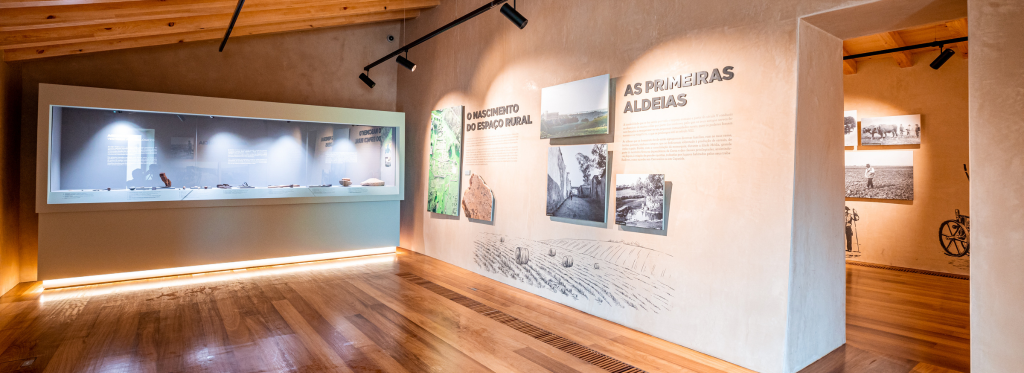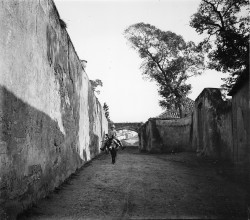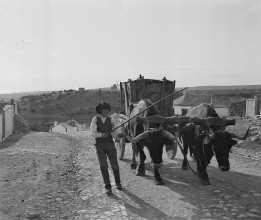PT | EN
A rural space can only be fully understood when viewed against the contrast of an urban space.
Cascais dates back to the end of the Neolithic period following the introduction of agriculture, settlements and the first permanent urban communities which, over the centuries, had a tendency to expand their areas of influence to cause a slow but progressive transformation of the landscape.
From the 1st century BC, with the establishment of the Felicitas Iulia Olisipo Municipium by the Roman Emperor Octavian who assigned a territory to the civitas of Olisipo (the city of Lisbon), the Cascais region would see the emergence of villae rusticae, large self-sufficient agropastoralism units of which the Freiria Roman Villa is a good example.
This type of property typifies the classic tripartite structure of that time: pars urbana, pars rustica and pars fructuaria, respectively corresponding to the owner's living quarters, workers' facilities and areas for storage, production and processing.
The first villages
The instability felt throughout the Roman empire from the 5th century onwards led to the abandonment of many villae by their owners, meaning that their former serfs were forced to reorganize themselves into small rural communities (whether the authorities were Romans or Visigoths), a situation that lasted until the 8th century.
The emerging villages brought together several families, with their houses, gardens, backyards, vineyards and fields mostly dedicated to the production of grain, wine and livestock. However, with the establishment of the monarchy during the Middle Ages, a large part of the territory was possessed by the Crown and the ruling classes, which later saw the creation of large estates surrounded by places inhabited by their workers, as happened in Carcavelos and Caparide.
Agropastoralism
Agropastoralism, which emerged following the domestication of animals, has always been associated with land cultivation.
The raising of cattle in the municipality is, thus, a centuries-old custom that served as a means of transportation and aiding the more arduous agricultural tasks.
Besides meat, animals also provided milk, skins, wool and even manure which was used as fertiliser.
Of the cattle most commonly used for agricultural tasks at the beginning of the 20th century, Mirandesa bulls and Holstein Friesian cows stood out. Of the sheep, it was the Oeiras breed which co-habited with many different types of goat, while with pigs the most favoured was the Bísara crossbreed. Horses were rare (unlike mules and donkeys) and were predominantly of the Sintra Garrano type. It should also be noted that, as Martinho de França Pereira Coutinho recalled, mules and cattle were mainly used by muleteers and millers because they were 'perfectly suited to the region's rugged terrain, happy to graze the worst pastures and content themselves with even the slightest rations to become a means of sustenance, par excellence, for the less well-off'.










